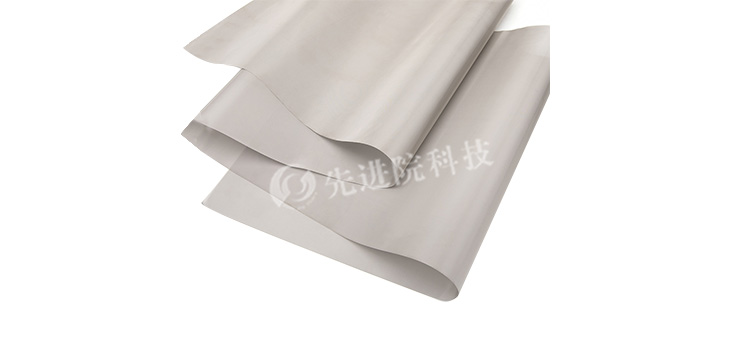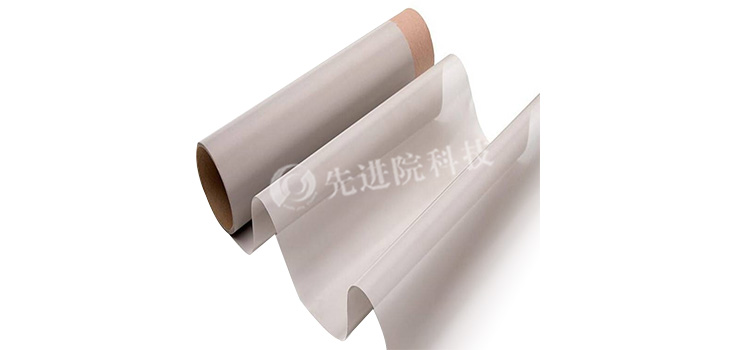Material and Structure
- Material composition
- It is usually made by mixing conductive fibers with ordinary fibers. Conductive fibers can be metal fibers (such as stainless steel fibers), which have good conductivity and can form conductive pathways in yarns. Some also use carbon based fibers, such as carbon fibers, which have unique electrical properties that can endow yarns with conductivity.
- In addition to these, there are also some special polymer fibers that have been modified to have conductive properties and then blended with other fibers to form conductive mesh.
- Structural characteristics
- Structurally, the arrangement of fibers in conductive mesh affects its conductivity. If the conductive fibers are evenly distributed in the yarn, their conductivity will be relatively stable. For example, in the core spun yarn structure, conductive fibers are used as the core yarn, and ordinary fibers are wrapped around it. This structure can ensure the conductivity of the yarn and also utilize other characteristics of ordinary fibers, such as softness and comfort.

Performance characteristics
- conductivity
- This is the most important performance of conductive mesh. Its conductivity can be measured by indicators such as electrical resistivity. Different application scenarios have different requirements for conductivity performance. For example, in the field of electrostatic protection of electronic devices, conductive mesh needs to have a certain degree of conductivity, which can timely guide away static electricity and avoid damage to electronic components caused by static electricity.
- Mechanical properties
- Conductive mesh yarn needs to have certain strength and toughness to meet the requirements in textile processing. It should be able to withstand the tensile and frictional forces of textile machinery and not easily break. Meanwhile, its flexibility is also very important, especially when making conductive fabrics that require bending or folding. Good flexibility can ensure the performance of the fabric.
- chemical resistance
- In some special work environments, conductive mesh may come into contact with various chemicals. For example, the conductive mesh used in workwear in the chemical industry needs to have good chemical resistance and be able to resist the corrosion of acidic and alkaline chemicals, thereby ensuring its conductivity and service life.

application area
- electronic industry
- In the manufacturing of electronic devices, conductive mesh can be used to make anti-static packaging materials. For example, using fabrics woven from conductive mesh to wrap precision components such as electronic chips can prevent static electricity from damaging the components. Meanwhile, conductive mesh can also be used in the manufacturing of electronic device casings to release static electricity and improve the safety and stability of the equipment.
- Medical field
- In terms of medical equipment, conductive mesh can be used to make contact parts for detection devices such as electrocardiogram electrodes. Due to the presence of bioelectricity in the human body, conductive mesh can effectively transmit these weak bioelectric signals, ensuring the accuracy of detection results. In addition, in some special medical protective clothing, conductive mesh can also play a role in anti-static and electromagnetic shielding.
- Textile and clothing industry
- Conductive mesh is one of the key materials in the development of smart clothing. For example, when making clothing with heating function, conductive mesh can be connected to heating elements to generate heat through electricity. Meanwhile, in some fashionable clothing, conductive mesh can be used to create decorative parts with special visual effects, such as luminous effects.
- aerospace field
- In aerospace equipment, conductive mesh can be used for electromagnetic shielding. Aircraft, satellites and other aerospace equipment are subject to various electromagnetic interferences during operation. Shielding materials made of conductive mesh can effectively block external electromagnetic interference and prevent electromagnetic radiation generated by internal electronic devices from leaking out, ensuring the normal operation of the equipment.










